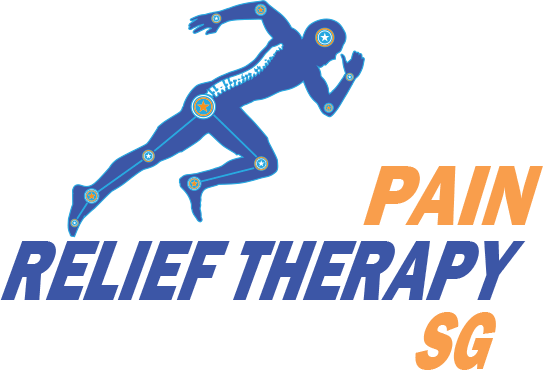The neck is an incredible part of the body with a challenging task of supporting the weight of the head, which is roughly equivalent to the weight of a bowling ball. It is made up of vertebrae that extend from the skull to the upper torso, with cervical discs that act as shock absorbers between the bones. The neck's bones, ligaments, and muscles provide support for the head while allowing for a range of motion.
The spinal column runs through the neck, supporting and protecting the spinal cord, which links the entire network of nerves throughout the body. The neck's complex structure enables us to perform essential movements such as turning our heads, looking up and down, and tilting our heads, making it an essential part of the body that requires proper care and attention.
CALL +6587141543 TODAY TO SCHEDULE YOUR FIRST APPOINTMENT


